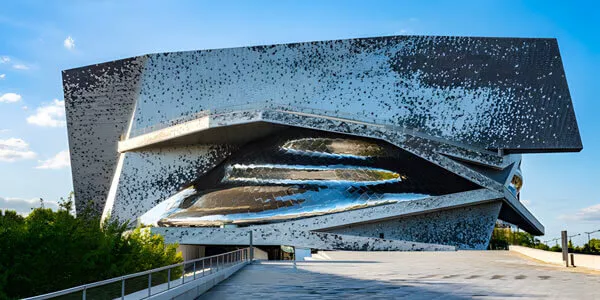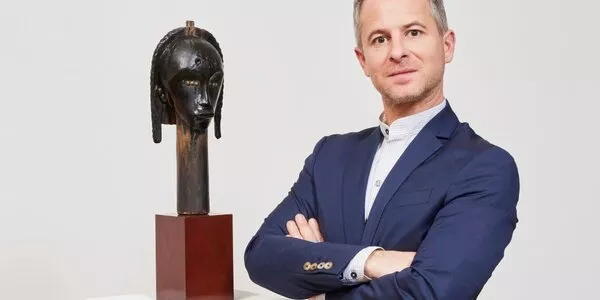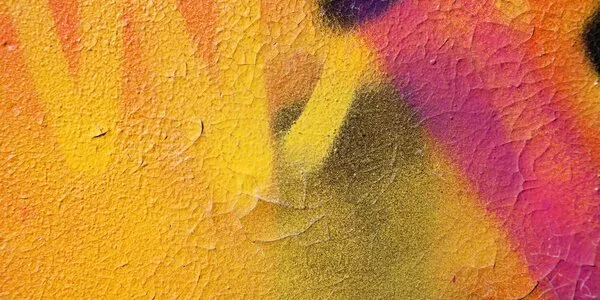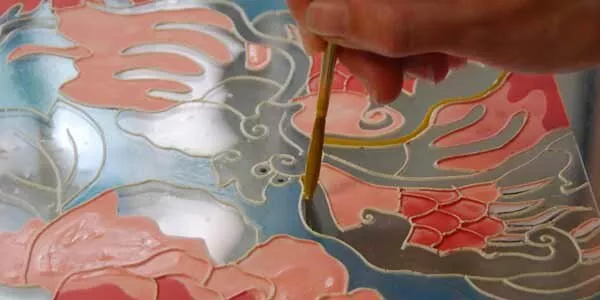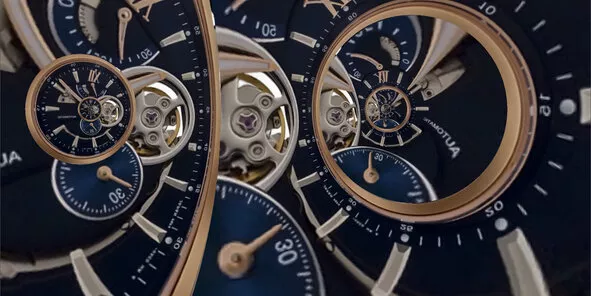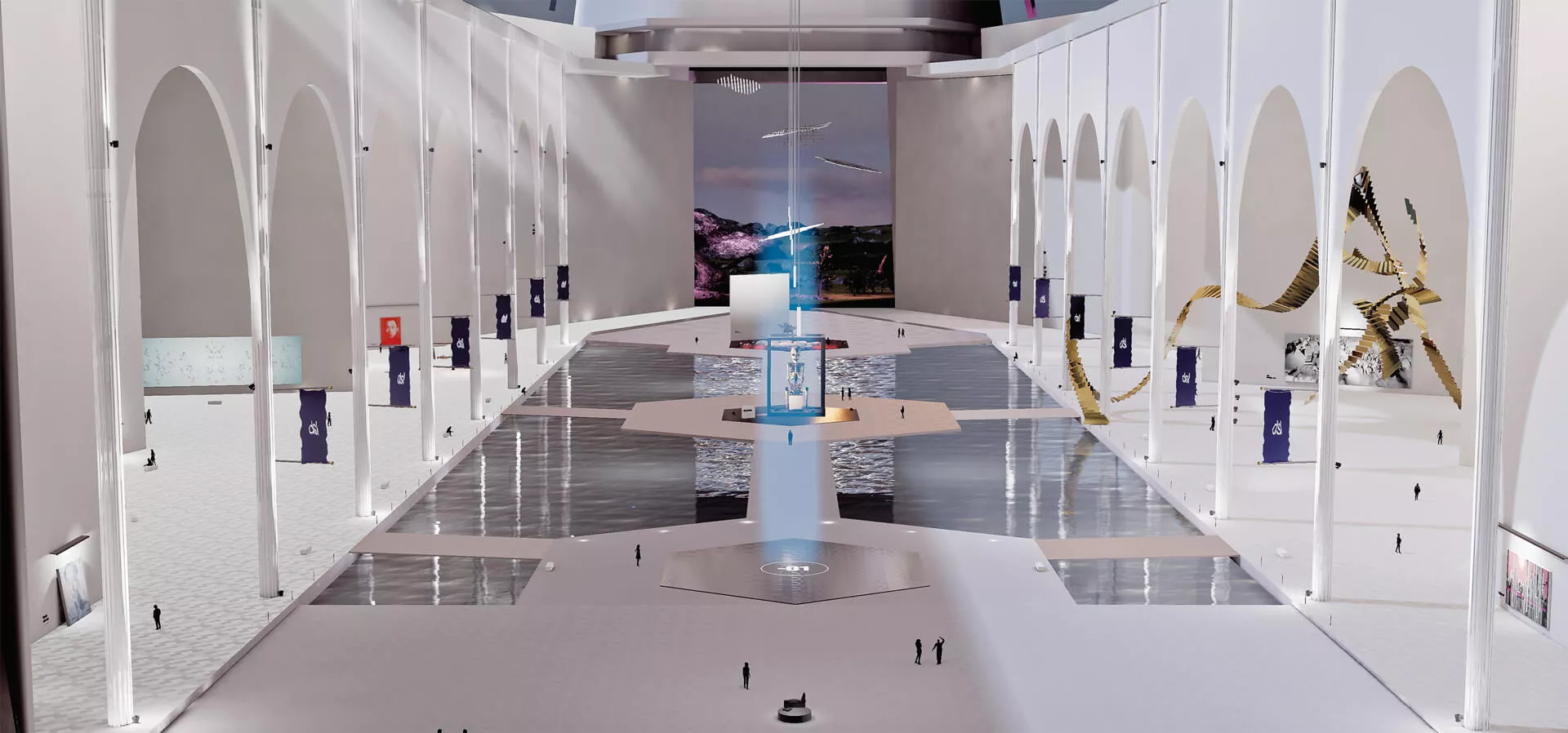
DSLCollection: At the forefront of art and digital creativity
The DSLCollection virtual reality museum is an alternative way of facilitating wider public access to its many installations and large-scale works.
Sylvain Levy, before you and your wife established your collection dedicated to the Chinese art scene, what type of collector were you?
We did not come from a family of collectors at all. We were introduced to the world of galleries in the 1980s and we took a liking to it. We were quite “bitten by the bug” of collecting, as it were.
We started with the acquisition of contemporary works. 25 years ago we focused on design pieces, especially from the 1940s. It was a trip to China in 2005 that marked the beginning of the adventure, still ongoing, for the DSLCollection.
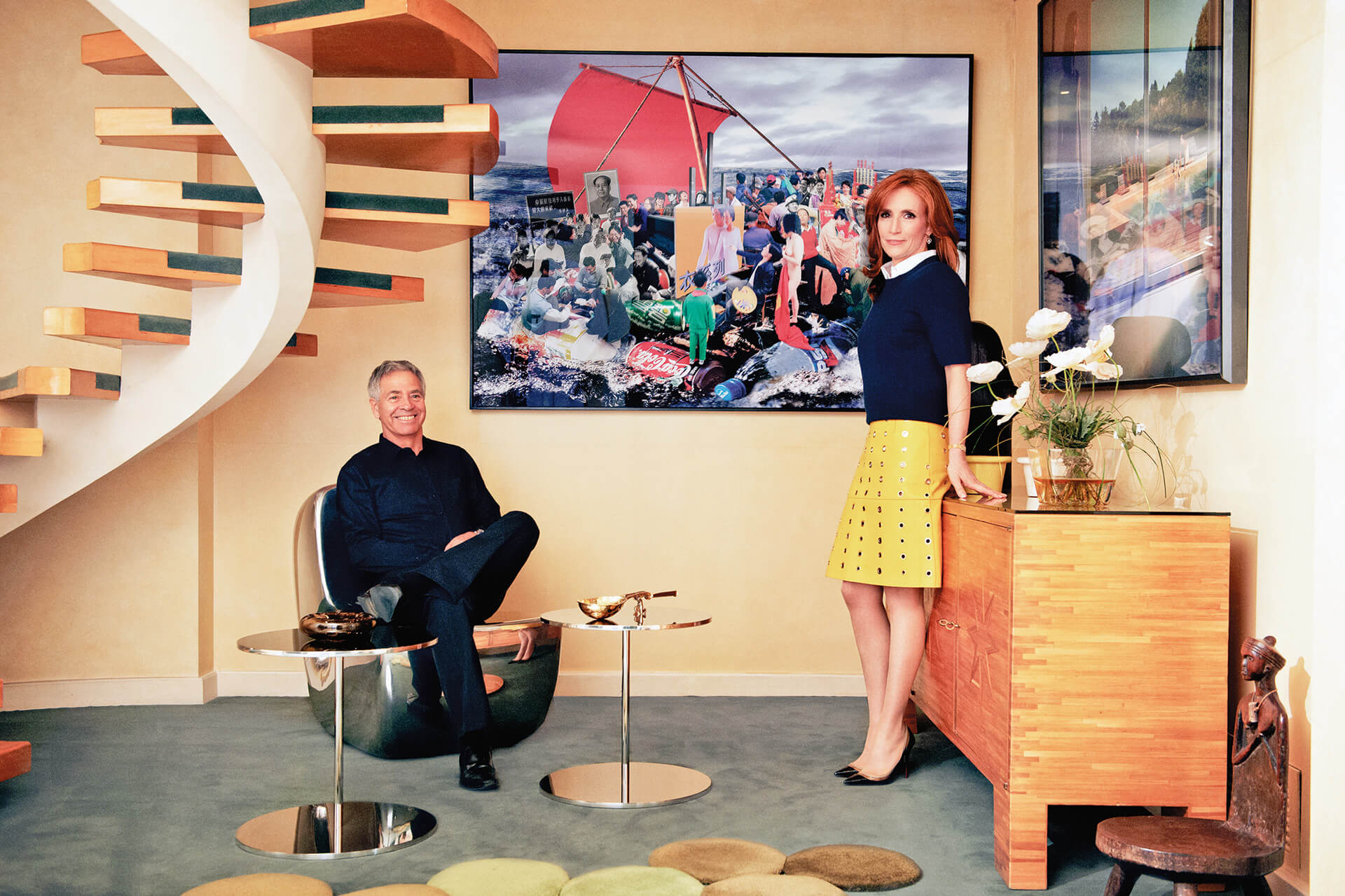
Dominique and Sylvain, passionate collectors of contemporary Chinese art.
So why this 15-year passion for the Chinese artistic scene?
We had a real shock during this trip to China. We discovered a country that was transforming at an incredible speed, in sharp contrast to the “sleeping beauty” that is Paris. Art is in many ways a mirror held up to society. We wanted to explore this astonishing country which has more than 5,000 years of culture, a reservoir of a billion and a half inhabitants and is brimming with creative energy. There were very few galleries when we started. We first worked with the artists, directly. They then recommended us to other creators. This mode of operation, based on friendly interpersonal relationships, is unique to Chinese culture. It is called the “Guanxi” and it is at the origin of 40% of our collection. We have thus developed very close ties with many artists: we personally know over 200, out of the 250 that have contributed to the DSLCollection.
Over the years, the world of contemporary Chinese art has generally just managed itself. Today however we tend to rely more on galleries, which are an essential link in the chain in the promotion and the careers of artists.
In such a teeming artistic milieu, what guides your choices in creating the identity of DSLCollection?
Creating a private collection means making choices and taking responsibility for those choices. This is what gives it a soul. Peggy Guggenheim did it remarkably well in Venice. To ensure that this collection has a soul, it seemed necessary to us that it be, above all, coherent and understandable. We limit it to 250-300 works, with a renewal rate of 5 to 10% of these works every year. It’s like maintaining a bonsai: the more you prune, the more you assert the identity of a collection. We are interested in all media: painting, sculpture, videos, ink on paper, installations ... Always with the continuous search for contemporary works in mind.
What matters is not the date attached to the works but their way of challenging the status quo, which ultimately helps characterise those creations as timeless modes of expression. We have also just acquired our first digital work via a non-fungible token (NFT). Basically, it is a traditional work but it very much uses the language of its time.
With more than 5,000 years of culture and a reservoir of a billion and a half inhabitants, China is brimming with creative energy.
You have always had an appetite for digital works. What was your goal when you first established your virtual museum in 2017?
In 2005, we decided to open our collection up to the public but it is very expensive and it is very complicated. We therefore choose to be “phygital”, that is to say both physical and digital, and to be nomadic, ready to meet art lovers.
It was necessary to confront the digital tsunami and the radical transformation of the public experience with works of art: the general public—especially young people—discover them above all on Instagram. This is the reason why we first built a museum in 2D then in 3D, before entering the field of video games and virtual reality. The digital landscape makes it possible to attract a new audience to art—young people in particular—although with the condition that it offers a gamification of the experience. This is what our virtual museum offers: it allows you to stroll, fly, interact in the midst of installations and large-scale works. The edutainment, that is to say the fusion between education and entertainment, is, in our opinion, essential to successfully capture this new audience.
The digital landscape makes it possible to attract a new audience to art—young people in particular—although with condition that it offers a “gamification” of the experience. This is what our virtual museum offers, which allows you to...interact in the midst of installations and large-scale works.
This concern for accessibility has prompted you to think about other initiatives ...
In a world where humans pass four to seven hours a day on the Internet, where the notion of a metaverse (parallel collective virtual world) is more and more present, how does one respond to the wishes, to the consumer patterns of the Alpha generation, born after 2000 and thus digitally native? The DSL VR ART Village project tries to answer it with the virtual reconstruction of a village of Chinese artists from the 1980s.
Visitors from every corner of the globe can find their way around, and even talk to the artists, live in their studios. The next steps, in progress, are the creation of a virtual park with sculptures, in partnership with the Réunion des musées nationaux - Grand Palais (RMN), and the creation of the Pingshan Virtual Museum.
The public will thus be able to undertake a complete experience, from discovering the village, walking through the park, and then visiting the museum. We are also developing a video game, Forgetter, which targets the 1.5 billion-strong gamer community, creating a meeting-space for both the artistic and gamer experiences.
How does this proliferation of virtual projects interact with the real in your collection?
The experience of art in digital form is totally different from the experience of art in the real world. The digital catalogue designed in 2016 allows for the discovery of the creation process and to access creators, via more than 200 videos presenting the artists. The experience of the digital catalogue complements that of the paper catalogue. It would be a mistake to want to just reproduce the real in the virtual, as the initiatives hastily developed by the sector at the start of the pandemic have shown.
Finally, we must keep in mind that technology must always remain at the service of art. Digital provides the means, an opportunity for museums and institutions: it makes it possible to bring people back to the centre and to preserve the relationship with art. The artist, however, must always be at the heart of our priorities.
3 artists, 3 works
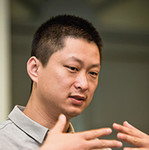
The intense and emotionally charged works of Jia Aili, born in 1979 and who still works in Beijing, reflect the human condition and the vulnerability of the individual in a rapidly modernising society. This imposing piece measuring 15 by 6 metres has been created from images of industrial debris and solitary figures. It consists of five panels, which were completed over six years. We are from the century remembers the space exploration programmes of the 1980s, capturing moments, both full of regret.
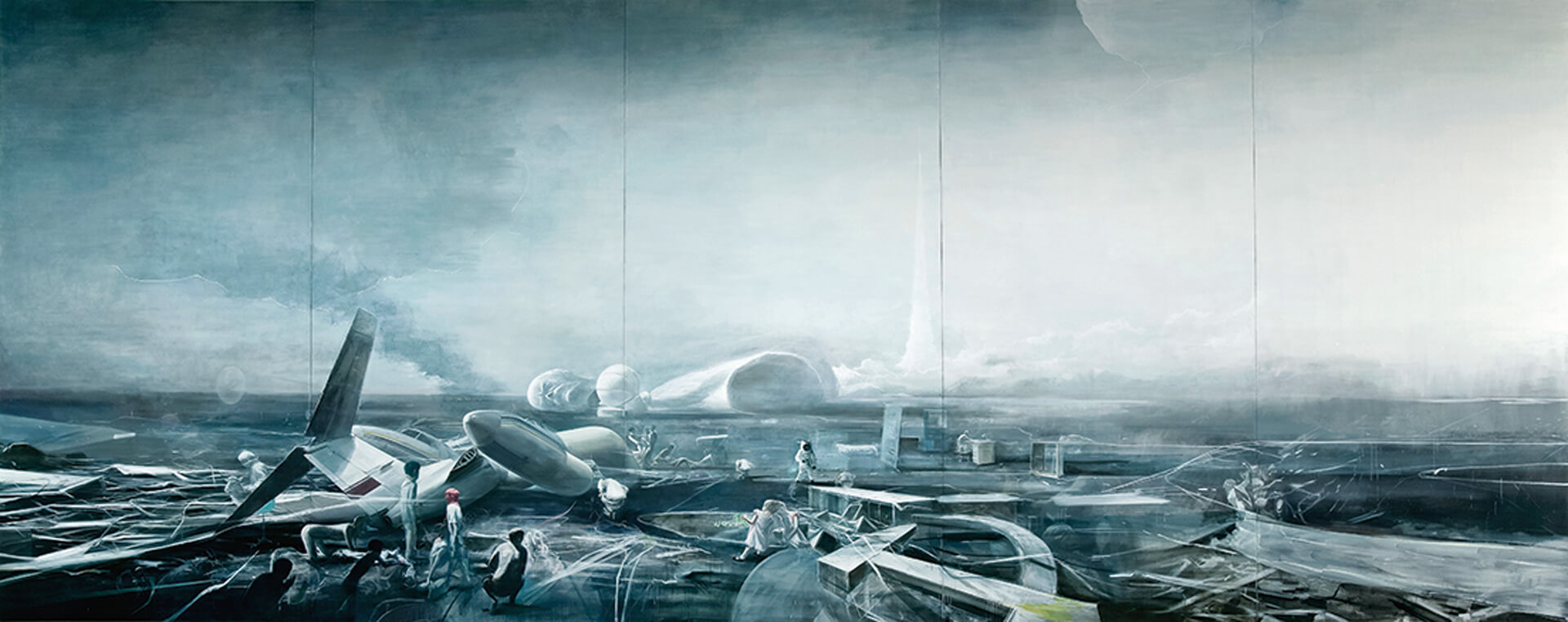
We are from the century - Oil on canvas, 600 x 1,500 cm - 2008 - Jia Aili
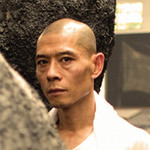
Born in 1965, this world-famous artist known for human performance was one of the first to join the DSLCollection. His work often addresses the theme of Buddhism. This is the case with Peace I. On the large bronze bell, inspired by models of Tibetan temples, Zhang Huan inscribed the names of eight generations of ancestors from his family. Beside it, a detailed cast of his own body (which the spectator can activate) is suspended horizontally. Whenever the bell rings and resonates, Peace comes alive, making low pitched sounds. Through them, we access the layers of the artist’s life-story.
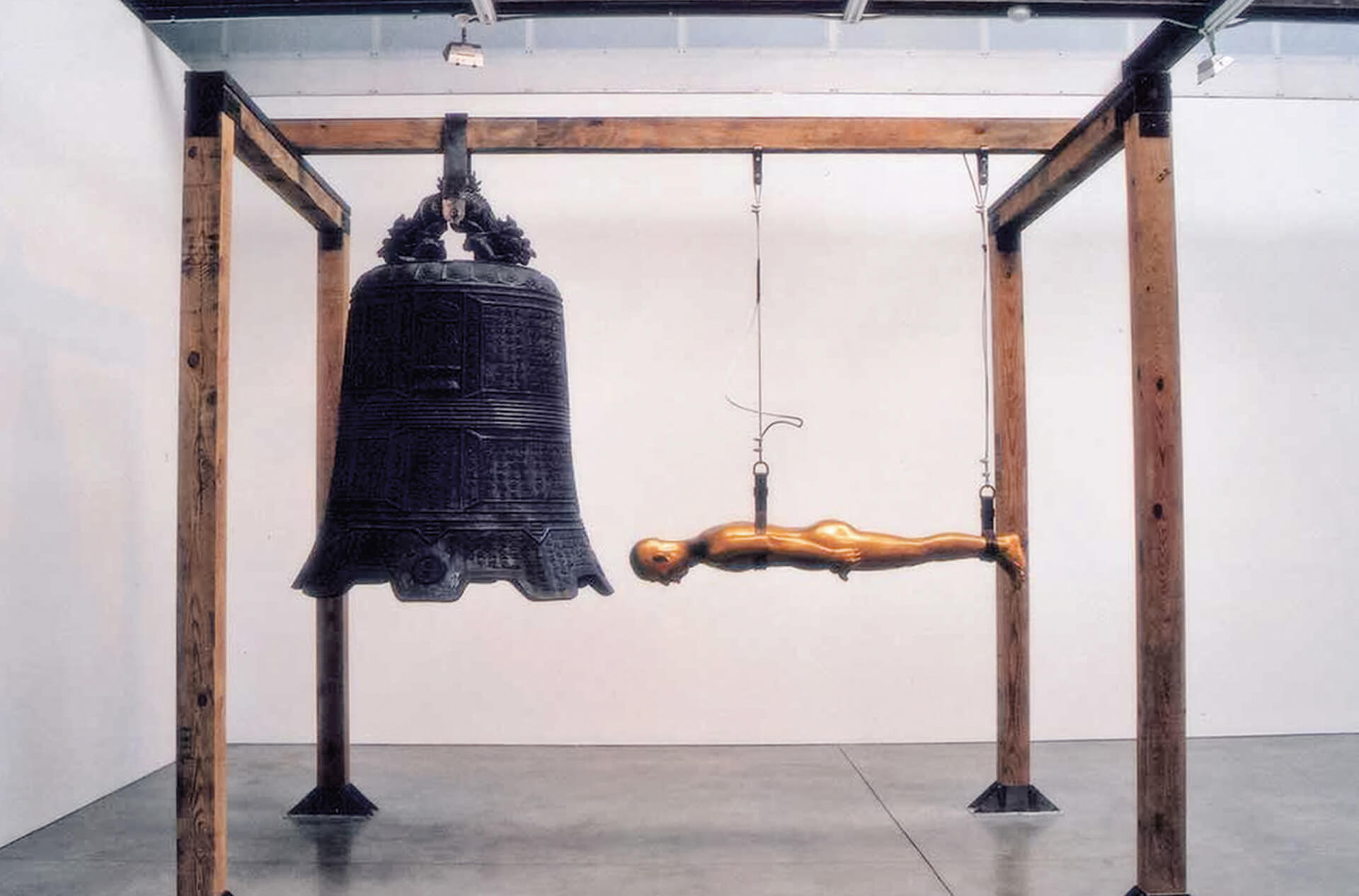
Peace I Sculpture - 2001 - Zhang Hua
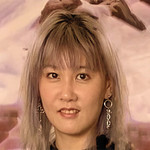
Lu Yang, born in 1986 in Shanghai, studied at the China Academy of Fine Art in Hangzhou, earning a Bachelor of Arts and a Master of Arts under the tutelage of the videographer artist, Zhang Peili. Like the younger generation trained in the conventional techniques, she attracts a new audience through various means of expression, from paintbrush to Photoshop. By integrating virtual reality, gaming and pop music into her Electromagnetic Brainology installation, the artist creates a series of original and provocative experiences free from the rigid boundaries of nationality, gender and sexuality.
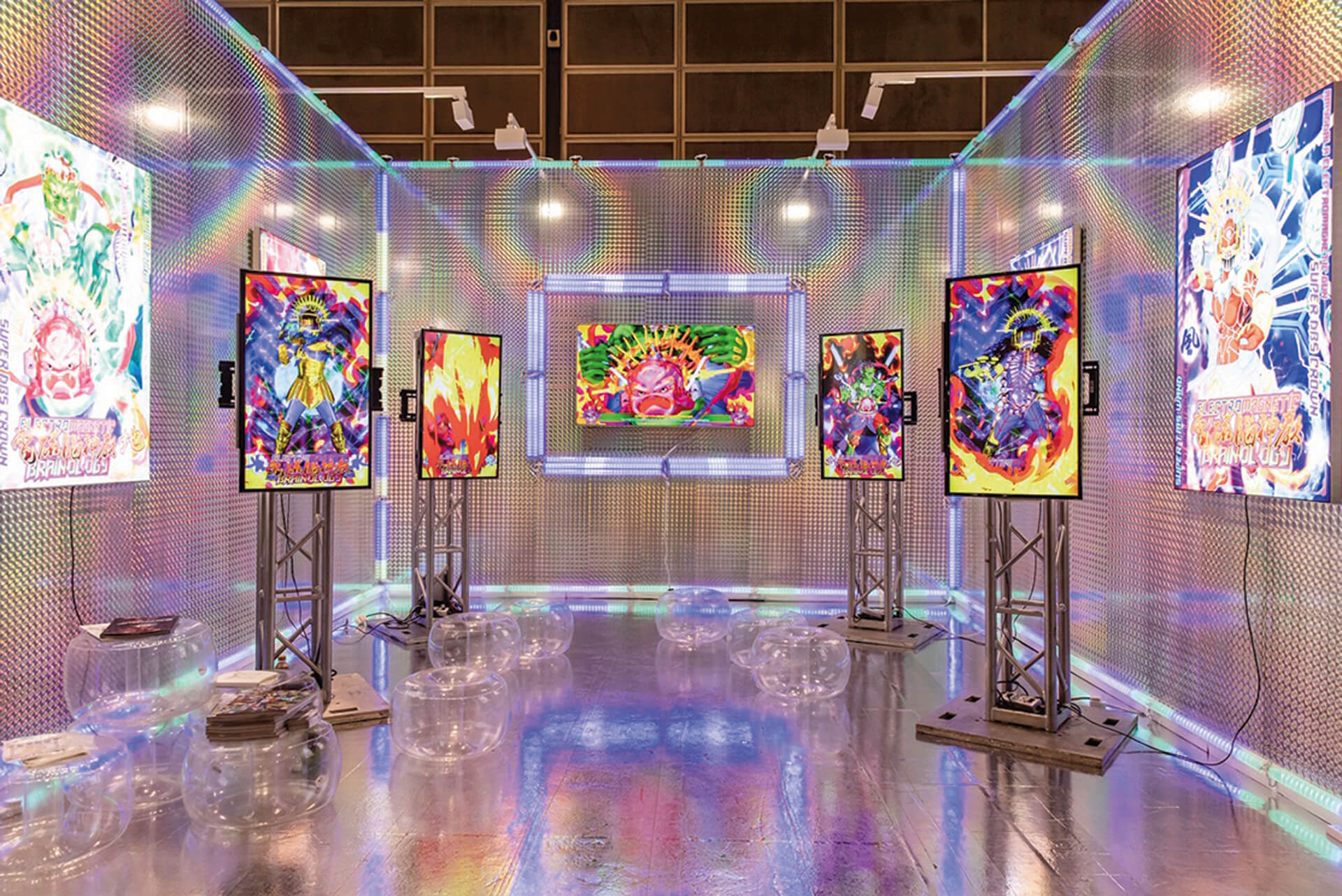
Electromagnetic Brainology - 2017 - Lu Yang

